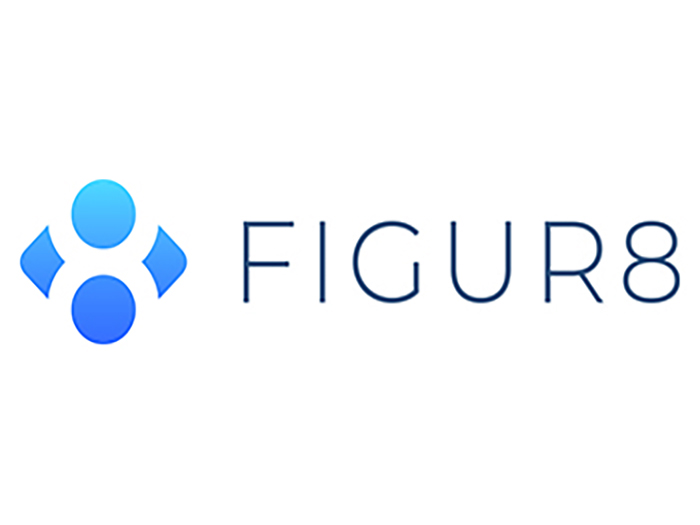Emerging Technology
The Surprisingly Simple Ways Blockchain Makes Insurance Easier

Blockchain technology — despite the number of times it appears in headlines or on conference agendas — is still not well-understood by many in the industry. And its technical definition as a “decentralized distributed ledger” doesn’t provide much clarification for the less tech-savvy among us.
The CliffsNotes version: blockchain provides a central place to store shared data (like policy information) that is accessible to all parties and that allows that data to communicate with each other. It enables the automation of key steps of the claims process and provides transparency while also protecting shared data with encryption technology. Every transaction or change to information stored in the blockchain must be verified by every party. Each of these changes is added to the chain of information in discrete “blocks.”
Despite its buzzy reputation, blockchain does have concrete, real-life use cases that are relatively straightforward and accessible to insurers in various sectors. The Institutes has been working to test proofs of concept through its RiskBlock Alliance, a group of 29 firms (and counting) in the property/casualty space willing to share their data and work toward development of common-use blockchain solutions.
Pete Miller, CEO of The Institutes, said the development of blockchain use cases will follow three phases: initial iterations focus on automating manual processes to increase efficiency and cut costs; second phase solutions will be about building new products, or policies built and triggered entirely within a blockchain, and the final phase of applications will interact with IoT devices and utilize artificial intelligence for proactive risk management purposes.
Here are some first- and second-phase examples that RiskBlock has in the works:
1. Proof of Insurance
Providing proof of insurance is a common process integral to so many transactions in every industry — and is also a common source of snafus and delays. Loading insurance policies into a blockchain can eliminate some of the headache.
“Take personal auto as an example. Two people get into an accident. They take out their paper insurance cards to exchange information. But paper documents are not the most reliable or trustworthy. Their insurance may be expired. Maybe they lost their card or it got damaged,” said Christopher McDaniel, executive director of RiskBlock.
“If the drivers’ auto policies are loaded onto a blockchain that their carrier belongs to, they can access their policy information through a mobile app plugin. They can tap their phones together and it goes out to blockchain, gets policy info on each one of them and tells each what the other person’s coverages are. It’s instant verification.”
The same application can also be applied to commercial trucking.
“When a truck driver goes to pick up a load at a depot, there’s a 30-minute process for their insurance to be verified,” McDaniel said. “We took proof of insurance that’s used for personal auto and adapted it to trucking, so it takes that 30 minutes and makes it instant. A large trucking company might go through this process 200,000 times per day, so saving 30 mins each time adds up to 100,000 hours saved. Cost savings are astronomical.”
The same scenario also works for companies dependent on contractors who require certificates of insurance. Instant access to accurate policy information allows these companies better to manage their risk and save time on the front end verifying every worker’s coverage.
2. First Notice of Loss
As the first step of a claim, timely loss notification is critical. It kicks off the adjustment process and behind-the-scenes communication among insurers to work through who owes who, and how much.
“Go back to the auto accident. You contact your insurance company. The other driver contacts theirs. Then the insurers have to talk to each other. Having all of the data on the blockchain simplifies and automates a good portion of this conversation, and it automatically starts the claim process,” McDaniel said. “It cuts out big portion of the claims period.”
Despite its buzzy reputation, blockchain does have concrete, real-life use cases that are relatively straightforward and accessible to insurers in various sectors.
This application could also apply to large commercial property losses where multiple insurers are involved. Blockchain can compare coverages in real time and eliminate a lot of back and forth to determine who is on the hook for different portions of the loss.
3. Subrogation
Taking that one step further, blockchain technology can also automate payments. So once the appropriate amounts and liable parties are determined, one electronic check is issued.
Personal auto again provides a relatable demonstration.
“Geico may settle 10,000 claims a month with Nationwide, who settles thousands with someone else. But when it comes time to pay, it’s on a per-claim basis. That’s thousands of checks being written back and forth every month,” McDaniel said.
“The app, plugged into the blockchain, consolidates data and issues one electronic check at the end of the month. This cuts out a tremendous amount of overhead.”
4. Parametric Insurance
While the previous three use cases are set to roll out by the end of the year, a parametric insurance use case is still a work in progress.
“Other examples are more efficiency-based. They streamline and automate processes that take place around existing policies Parametric policies are a whole new product category,” McDaniel said.
Because parametric policies are built around event characteristics rather than the loss itself, accurate documentation of inches of rain, seismic activity, or wind speed are critical to determine whether coverage is triggered.
“Right now there is so one source that everyone trusts for this information,” McDaniel said. “Parametric insurance policies on the blockchain would pull info from multiple sources, aggregate it and feed it into claim process to minimize adjustment and time spent arguing over whether conditions met policy triggers.”
Implementation Roadblocks
So far, most blockchain products are used only internally within one company, or between a handful of companies party to a shared contract. But in order for these uses cases to work on a broad scale, many companies have to participate and be willing to share their data. The above examples are meaningless if every insurer involved is not part of the blockchain.
“For blockchain to work, many insurers, reinsurers and brokers have to share their data to their mutual benefit.” — Pete Miller, CEO, The Institutes
“For blockchain to work, many insurers, reinsurers and brokers have to share their data to their mutual benefit,” said Pete Miller, CEO, The Institutes. “That’s a big impediment, getting enough people to be comfortable with that. These proofs of concept are just as much proofs of collaboration. The entire industry needs to work together to make these happen on a large scale.”
Luckily, more and more companies are realizing they’re better off in the blockchain than out of it.
“So far we have 29 insurance firms in property/casualty participating, with many more interested,” Miller said. “We’re expanding into life and annuity insurance soon, and will be expanding overseas.” &












